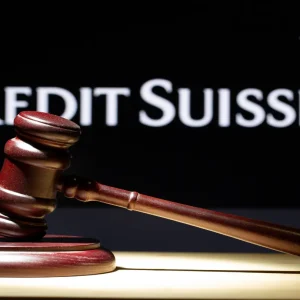The Securities and Exchange Commission (SEC) has voted unanimously to propose measures intended to increase transparency of dark pools so investors get a clearer view of stock prices and liquidity. To make trading through dark pools more transparent, the SEC’s proposals generally would require that information about an investor’s interest in buying or selling a stock be made available to the public instead of just a select group operating with a dark pool. The proposals also would require that dark pools publicly identify that it was their pool that executed the trade.
The SEC’s proposals address three specific concerns. The first proposal would require actionable indications of interest, which are similar to a typical buy or sell quote to be treated like other quotes and subject to the same disclosure rules.
The second proposal would lower the trading volume threshold applicable to alternative trading systems (ATS) for displaying best-priced orders. Currently, if an ATS displays orders to more than one person, it must display its best-priced orders to the public when its trading volume for a stock is 5% or more. Today’s proposal would lower that percentage to 0.25% for ATSs, including dark pools that use actionable IOIs.
The third proposal that would create the same level of post-trade transparency for dark pools and other ATSs as for registered exchanges. Specifically the proposal would amend existing rules to require real-time disclosure of the identity of the dark pool that executed the trade.
Mary Schapiro, chairman of SEC, said: “We should never underestimate or take for granted the wide spectrum of benefits that come from transparency, which plays a vital role in promoting public confidence in the honesty and integrity of financial markets. Today’s focus on dark pools is just one part of our broader ongoing review of how the equity markets are structured.”
James Brigagliano, co-acting director of the division of trading and markets, said: “Today’s proposals are intended to prevent the development of a two-tiered market in access to pricing information, further promote displayed liquidity, and enhance transparency of trade information.”






